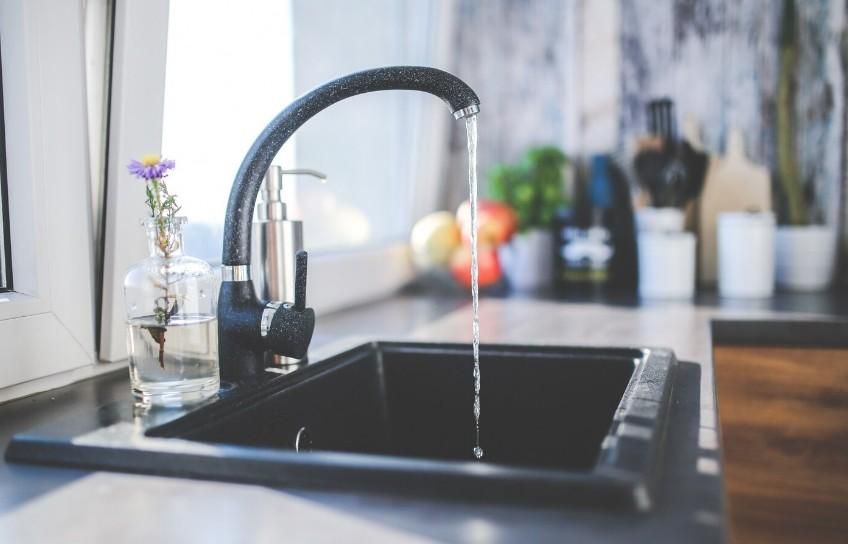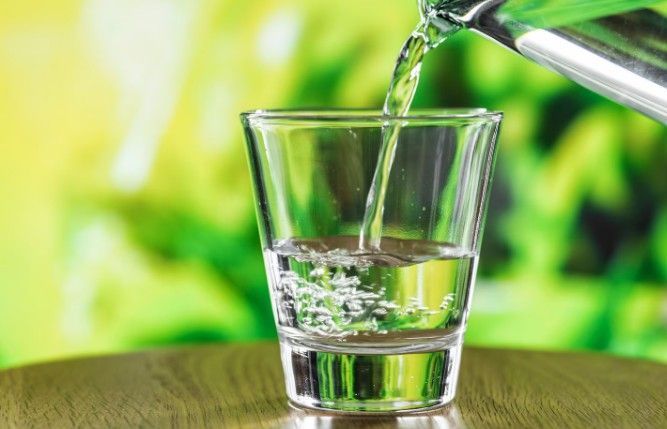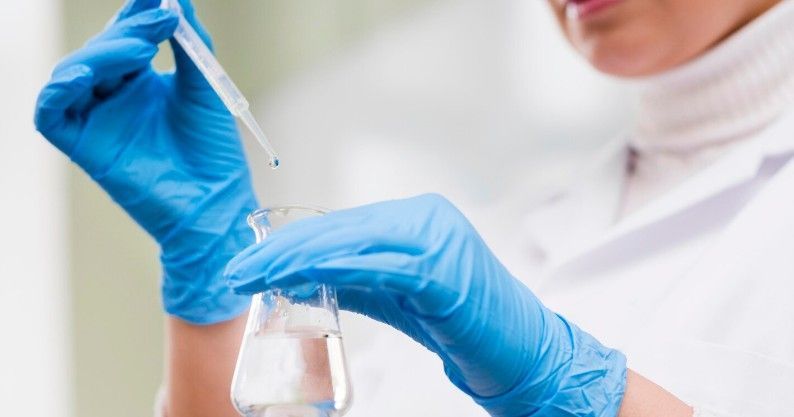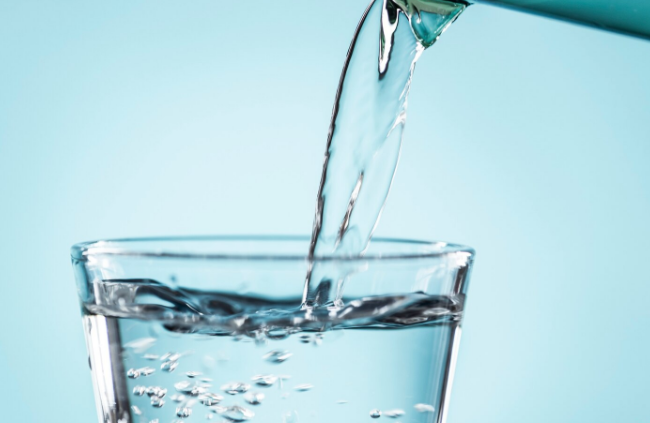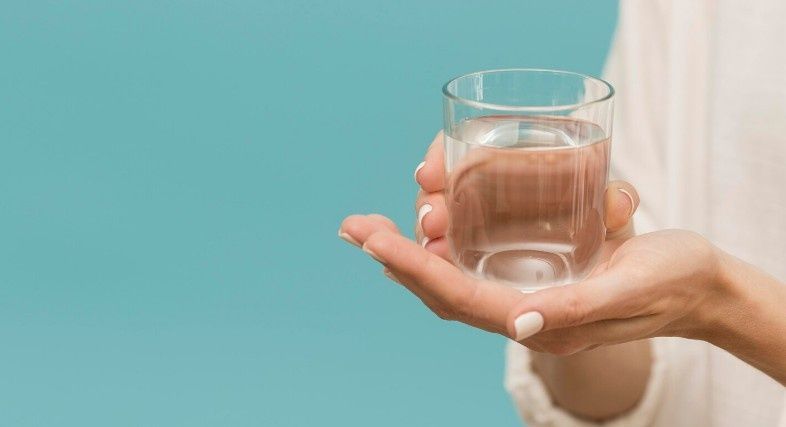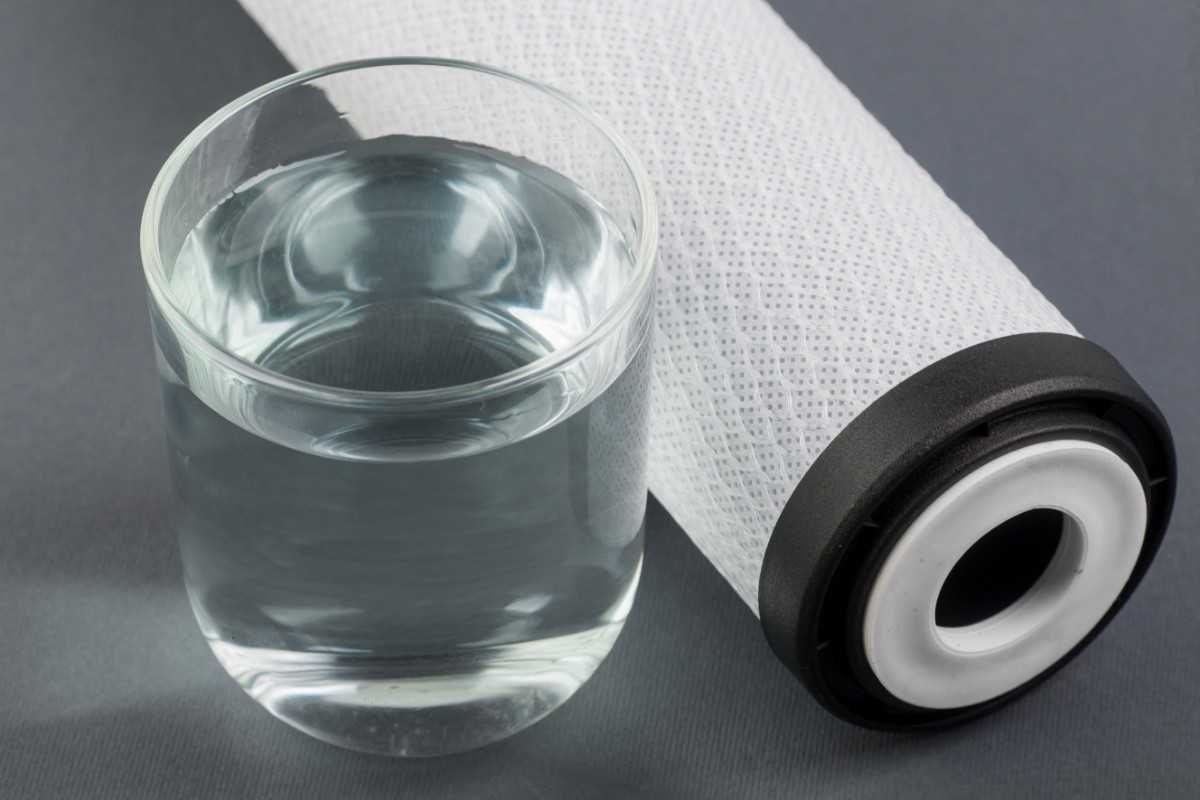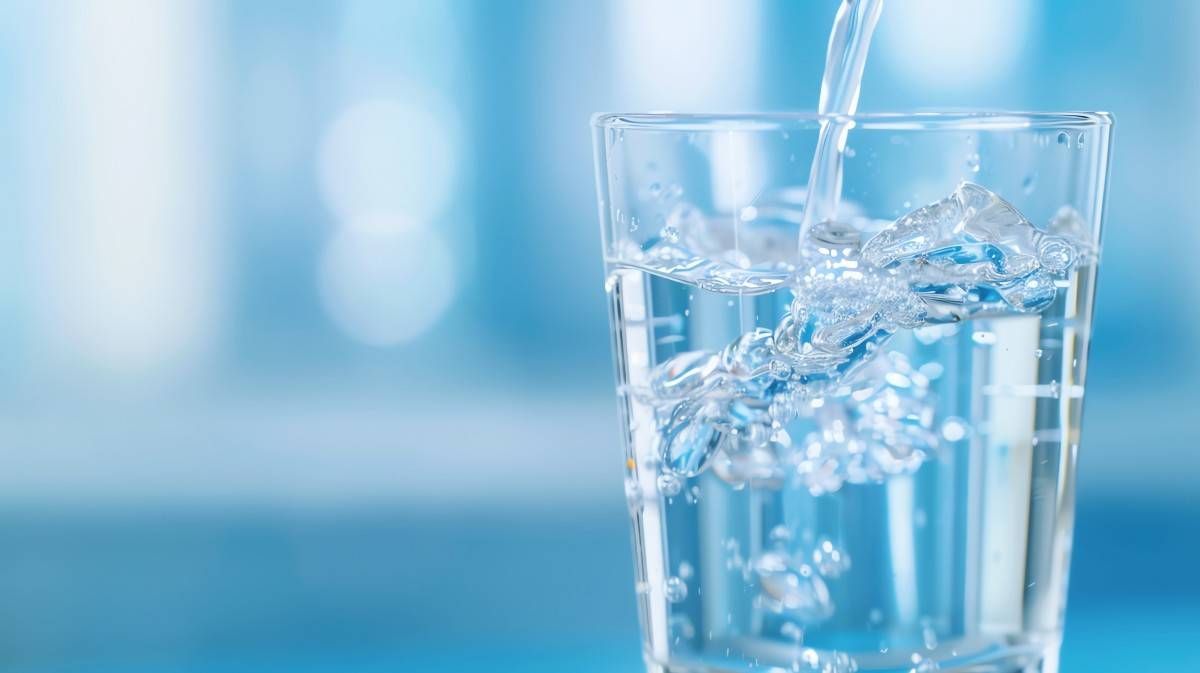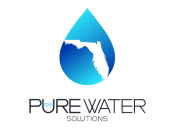What Toxic Chemical Is Found in Florida's Tap Water? How to Avoid It?
What Toxic Chemical Is Found In Florida's Tap Water And How To Avoid It?
Water is an essential resource on which humans rely for hydration and daily tasks. However, an unknown threat lurks in Florida's tap water: 1, 4-Dioxane. Commonly present as a byproduct of processes the 1, 4-Dioxane is harmful. Cancer is the major health problem caused by this chemical.
In this blog, we will discuss the harmful effects of 1, 4-Dioxane and ways to prevent it.
What is 1, 4-Dioxane?
1, 4-Dioxane is a synthetic industrial chemical, typically found in common hygiene or personal care products. The manufacturing process of these products leads to the presence of this chemical in water sources, including your tap water.
According to the Centers of Disease Control and Prevention (CDC), people significantly exposed to 1, 4-Dioxane suffer from liver and kidney damage. On the other hand, The Environmental Protection Agency (EPA) claims that the chemical is a human carcinogen.
What's the Hidden Threat of 1, 4-Dioxane?
Avoiding 1, 4-Dioxane is challenging because it's not listed as an ingredient in products. People are unable to identify its presence in the product.
Common indicators of 1, 4-Dioxane in product labels include Sodium Laureth Sulfate, PEG compounds, and chemicals with the clauses Xynol, Cereareth, and Oleth. Other than this, when these products are washed off and enter the drain, they can contaminate the water supply, further increasing the issue.
How Does 1, 4-Dioxane Contaminate the Water Supply?
The report published by the EPA proves the presence of 1, 4-Dioxane chemical in Florida's tap water. Due to the lack of federal regulations, water sources are not consistently tested for this contaminant. Once 1, 4-Dioxane infiltrates the water supply, it becomes challenging to remove, as it is resistant to biodegradation in both water and soil. The chemical stays in the water for a long period of time and causes a threat to human health.
How To Protect Your Health
To protect yourself and your loved ones from thee harmful impact of 1, 4-Dioxane, taking proactive measures is important. One of these steps is to reduce the products that contain this chemical. When checking product labels, be cautious of the presences of Sodium Laureth Sulfate, PEG compounds, and chemicals with the clauses Xynol, Cereareth, and Oleth. Opt for natural and organic alternatives whenever possible.
How to Get Safe Drinking Water
Other than reducing exposure through personal care products, you can take control of the quality of your tap water. Installing home water purification systems is an effective way to remove harmful contaminants, including 1, 4-dioxane. Consider investing in a home water purifier that incorporates reverse osmosis or granular activated carbon (GAC) filtration methods to ensure the safety of your drinking water.
Bottom Line
Protecting yourself and your family from the hidden dangers of 1, 4-dioxane requires awareness and proactive measures. While regulations and bans are being advocated for, it is up to individuals to prioritize their health and make informed choices. Just keep in mind that you will stay healthy and build a safe future by minimizing exposure to this harmful chemical.

